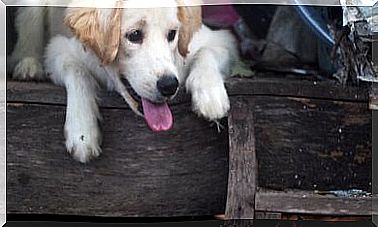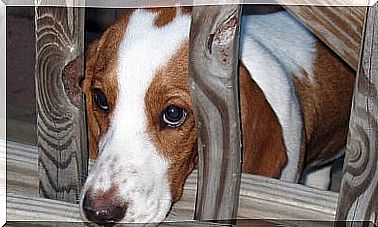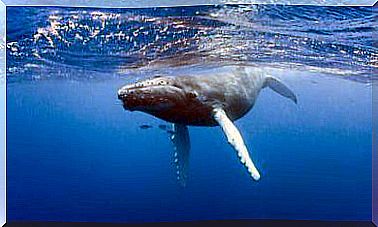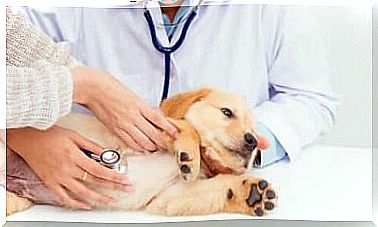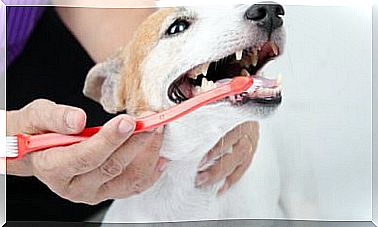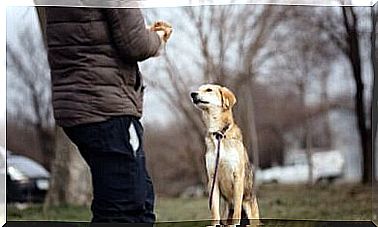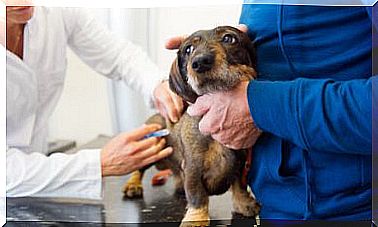Canine Epilepsy: Causes And Treatment
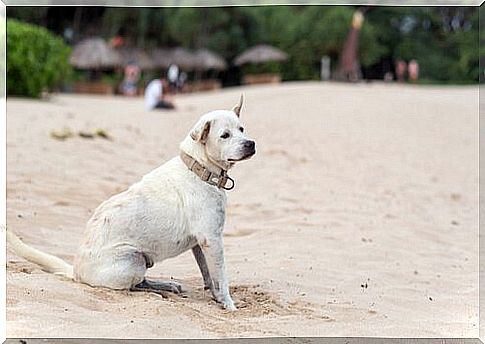
Canine epilepsy is a physical disorder that affects the brain. It can trigger a crisis of uncoordinated movements. It’s not a fatal disease, but knowing what to do during a seizure can save your dog’s life.
Among other things, the brain is responsible for interpreting and translating external stimuli. It is also connected to and controls all metabolic processes of the organism.
Neural activity
All of this is possible because the brain is largely made up of neurons.
These cells communicate with each other through electrical impulses. They receive and thus pass on the perceived stimuli and the interpreted information. This electrical phenomenon is called a synapse.
When a disease affects the neurons or other parts of the brain, it is often not just the metabolism that is affected. Intellectual and emotional functions also often decline.
What is epilepsy in dogs all about?
While you might think the opposite, canine epilepsy is neither a psychological nor a mental illness. The sick animals have neither learning difficulties nor character weaknesses.
Idiopathic epilepsy is a physical condition that affects some neurons. Your main and only visible symptom is seizures.
However, seizures can also occur as a secondary effect of other illnesses. For example, brain tumors, heart or liver failure, distemper, diabetes, head injuries or poisoning.
In these cases it is a warning sign of serious illness.
causes
The main cause of the disease is not known. It has been found that certain breeds are prone to suffering from epilepsy for genetic reasons.
These include: German Shepherd, St. Bernard, Beagle, Irish Setter, and Poodle.
Scientific progress has shown us that seizures are caused by excessive electrical activity in certain neurons.
These cells behave hyperactive and the resulting extreme excitement can temporarily interrupt normal brain function.
Because of this , uncoordinated movements can occur during an epileptic seizure. The dogs can also twitch, move unintentionally, behave differently and sometimes even lose consciousness.
Symptoms of an epileptic seizure
The experts divide an epileptic seizure into three stages :
First stage: aura
The first signs of a seizure appear: nervousness, restlessness, hyperactivity, excessive saliva production, tremors and / or confusion.
This stage can take a few seconds or days. This is the most important moment in which we can stop the seizure from progressing.
Second stage: ictus
This is where the actual seizure happens. Usually it is over in a few seconds.
The dog generally loses consciousness and falls on its side. Then he begins to move in an uncoordinated manner, twitch and fidget. He can also lose control of his bladder and rectum.
If you can’t stop the seizure, then you have to behave properly towards the animal so that it doesn’t hurt itself.
Third stage: Pos ictus
This stage follows the epileptic seizure.
The dog is now exhausted and disoriented. It can take a few moments before he becomes aware of where he is. Sometimes this phase is accompanied by temporary blindness and paralysis.
How do you treat epilepsy in dogs and how do you prevent seizures?
The only way to treat epilepsy is to relieve symptoms, as its causes are unknown. Usually, anticonvulsants are prescribed.
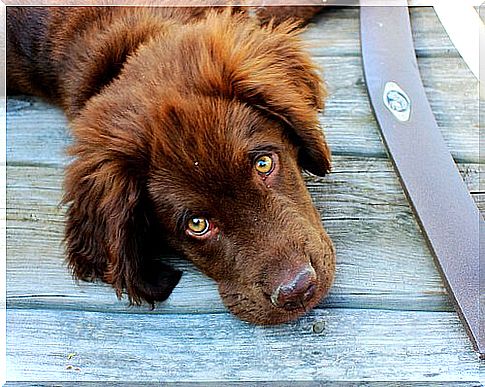
It should always be remembered that only a veterinarian can order proper treatment for each animal. It is therefore important to see the vet at the first signs of an epileptic seizure.
What to do if an animal has a seizure?
- Keep calm and keep a cool head.
- Place the animal on a flat, stable surface where it cannot injure itself or fall. You can place your dog on a mattress or on a pillow to make him a little more comfortable.
- Never try to pull out the tongue or put your hand in the animal’s snout. Your fur nose can bite its own tongue or injure you unintentionally.
- Give the dog some time to rest after the seizure. He needs a calm environment and a lot of patience.
- If the veterinarian has prescribed an anticonvulsant, it should be administered as directed.
